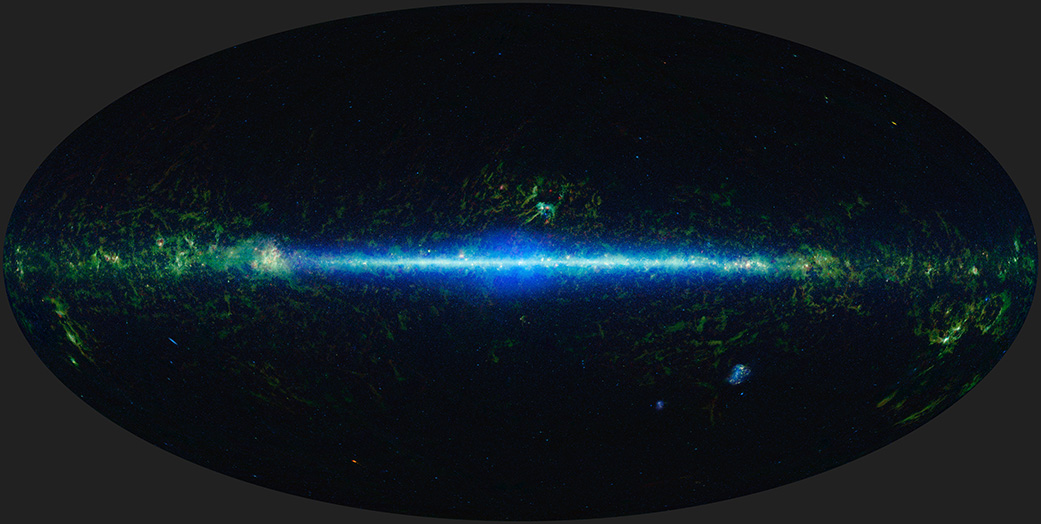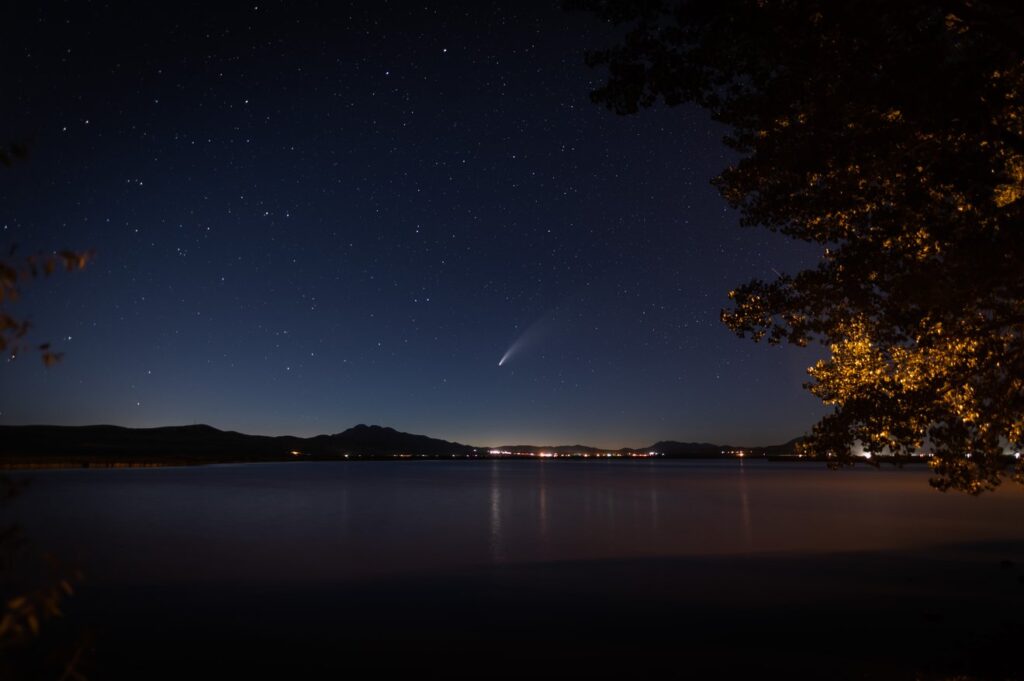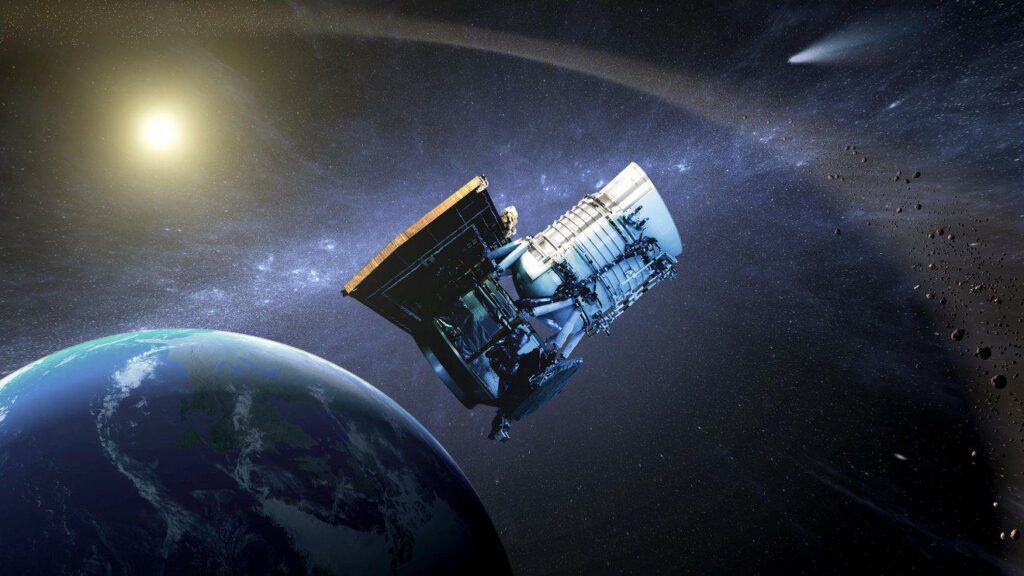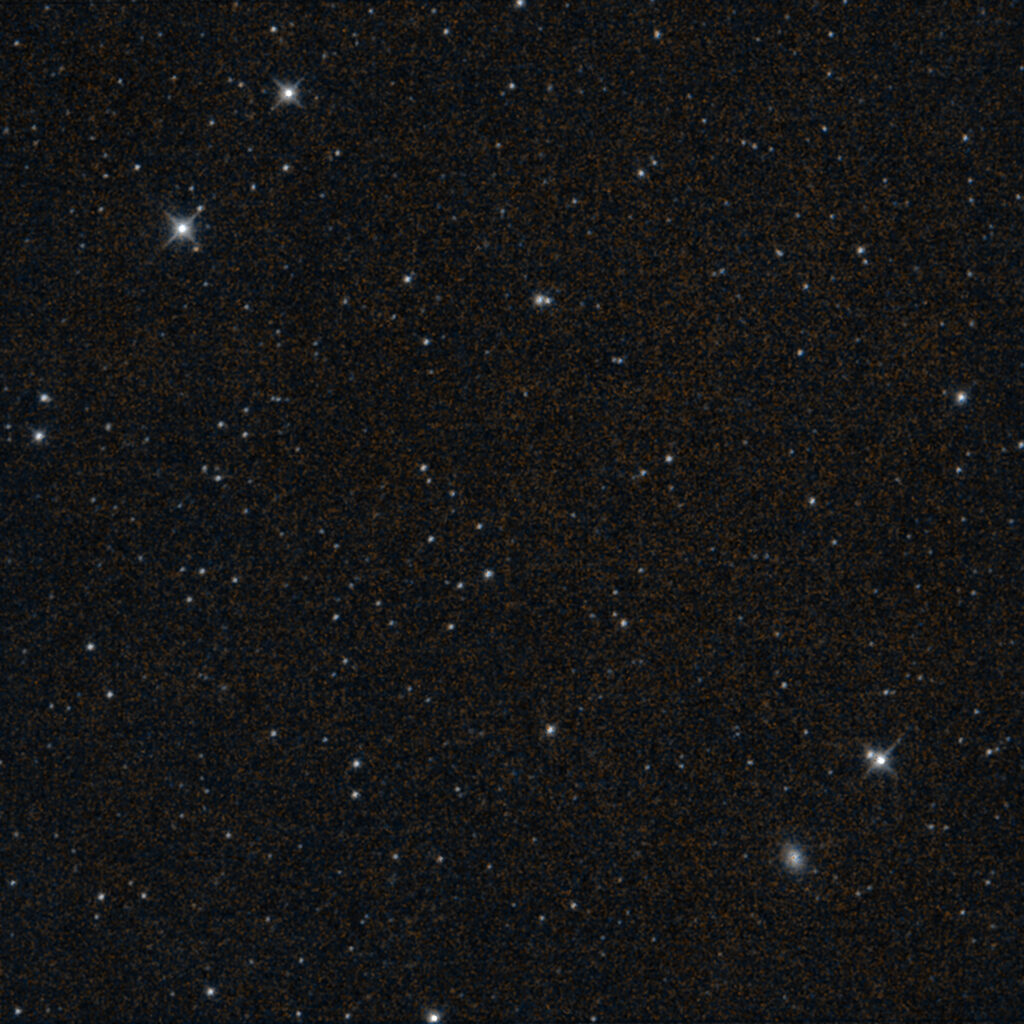Specialists from NASA’s Jet Propulsion Laboratory have shut down the NEOWISE space telescope. Thus, its 15-year mission is over.
From black hole explorer to asteroid hunters
Originally, the NEOWISE telescope was called WISE (Wide-field Infrared Survey Explorer). It was launched in 2009 to provide an infrared survey of the entire sky. The data collected by the telescope were further used by astronomers to search for such objects as ultra-bright infrared galaxies, regions of active star formation, brown dwarfs, near-stellar disks, etc.

During the first phase of its mission, WISE discovered tens of millions of active supermassive black holes. In addition, the telescope managed to find 34,000 previously unknown asteroids, including the first known terrestrial Trojan asteroid. Moreover, the mission took a census of dark, faint near-Earth objects considered difficult to detect by ground-based telescopes and showed that they made up a significant fraction of this population.
By the end of 2010, WISE had exhausted the refrigerant needed to cool its instruments and was unable to continue its primary mission, after which it was put into hibernation. After some time, NASA specialists found a way to extend the work of the telescope without refrigerant. It was decided to use it to track near-Earth bodies that generate a strong infrared signal due to heating by the Sun. The main focus was on searching for objects that could pose a threat to our planet. Along with the new mission, the telescope also received a new name — NEOWISE. It resumed observations in 2013.

Over the next ten years, NEOWISE scanned the sky a total of twenty times, taking over 1.45 million infrared images. The telescope observed 44,000 objects in the Solar System. They included 3,000 near-Earth asteroids, 215 of which were previously unknown to astronomers. In addition, WISE discovered 25 comets, including the famous C/2020 F3 (NEOWISE), gracing Earth’s sky in the summer of 2020. The telescope was also involved in observations of the asteroid Dinkinesh, which was recently visited by the Lucy mission.
Death by the Sun
Despite the fact that the telescope remained operational and could have continued observations for a long time, 2024 was the last year for NEOWISE. The main reason for this was the increase in solar activity.

The fact is that NEOWISE has no engines, so it cannot correct its orbit. The increase in solar activity has led to the “bloating” of the Earth’s atmosphere and to an increase in the braking effect it has on low-orbiting vehicles. And NEOWISE was no exception. Back in late 2023, it was still in orbit at an altitude of 480 kilometers. By July 2024, its altitude dropped to 380 kilometers. By August, it was at 360 kilometers.
In this situation, NASA had no choice but to farewell the spacecraft. On July 31, NEOWISE stopped scientific observations. After transmitting all the collected information back to Earth, JPL experts sent the telescope a final command to turn off the transmitter. This marked the end of the telescope’s 15-year mission.

In the coming months, NEOWISE will continue its descent until it enters the dense atmosphere. This is expected to be at the end of the year. The mass of the vehicle is 600 kg, therefore some of its debris will be able to reach the Earth’s surface. But it’s impossible to predict exactly where it will fall.
However, although the telescope will soon cease to exist, the data it collected will be studied by astronomers for a long time to come. And in 2027, NASA plans to launch NEO Surveyor, which will continue the work of NEOWISE and will study near-Earth asteroids.
According to JPL


